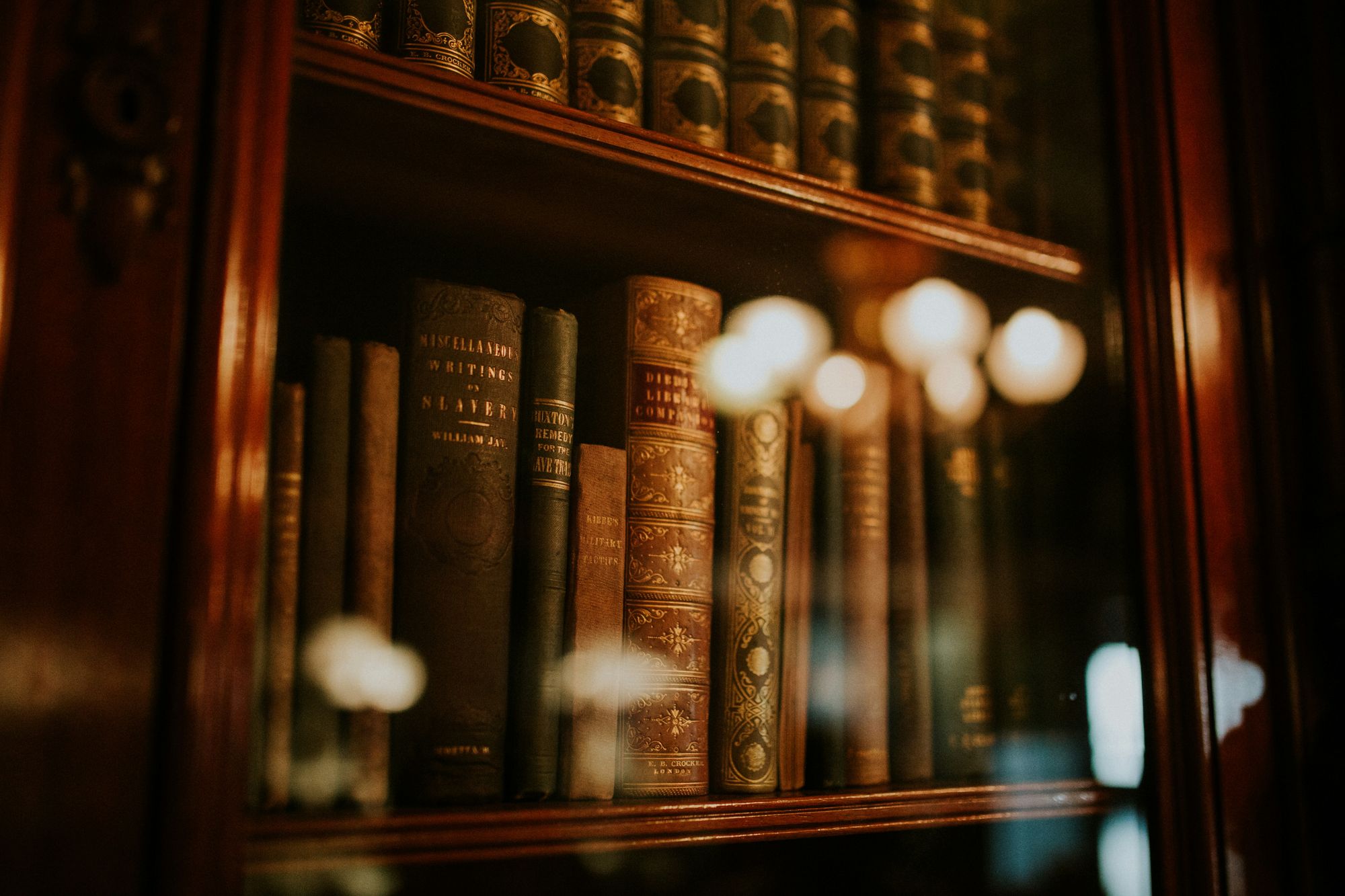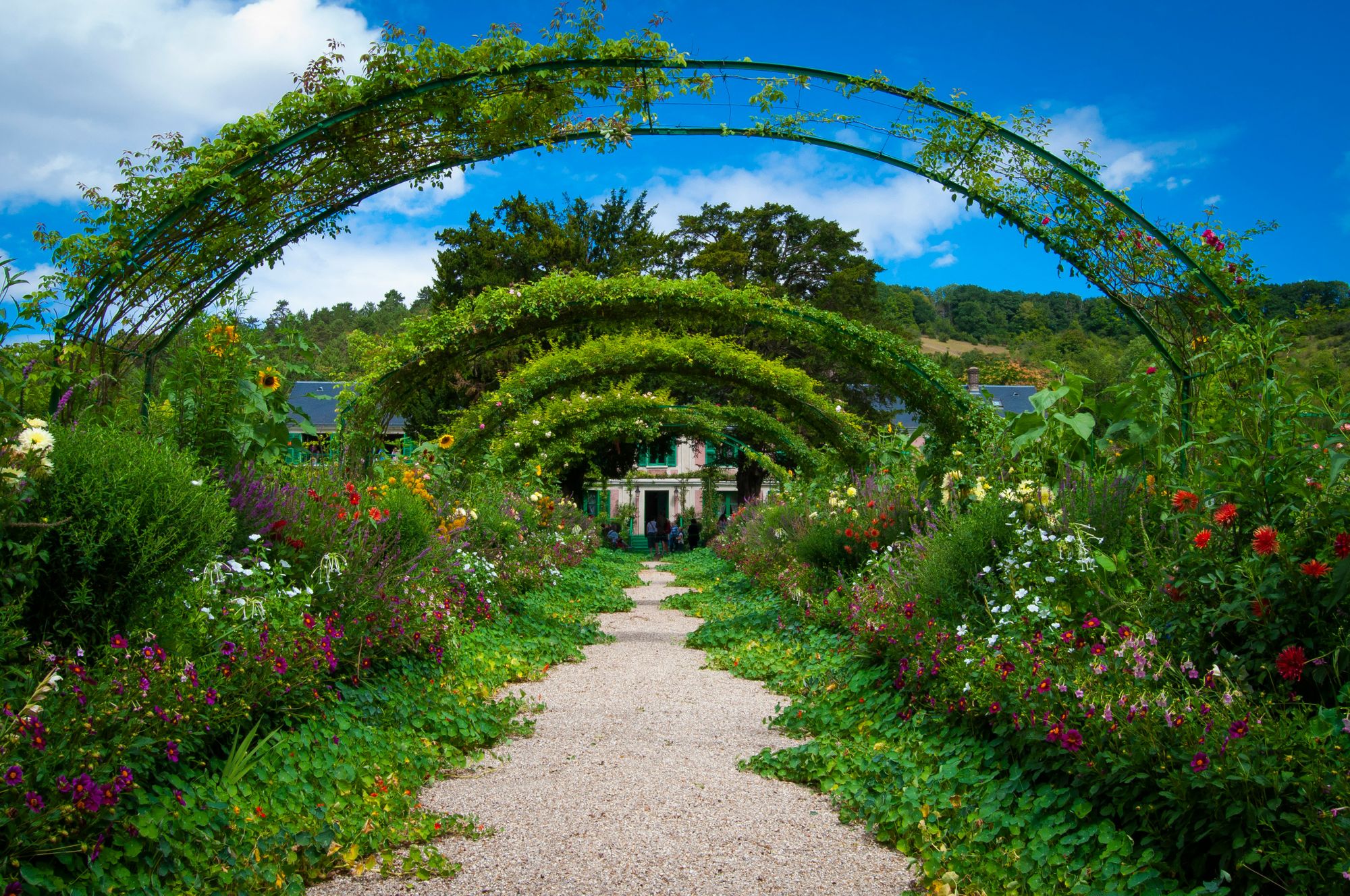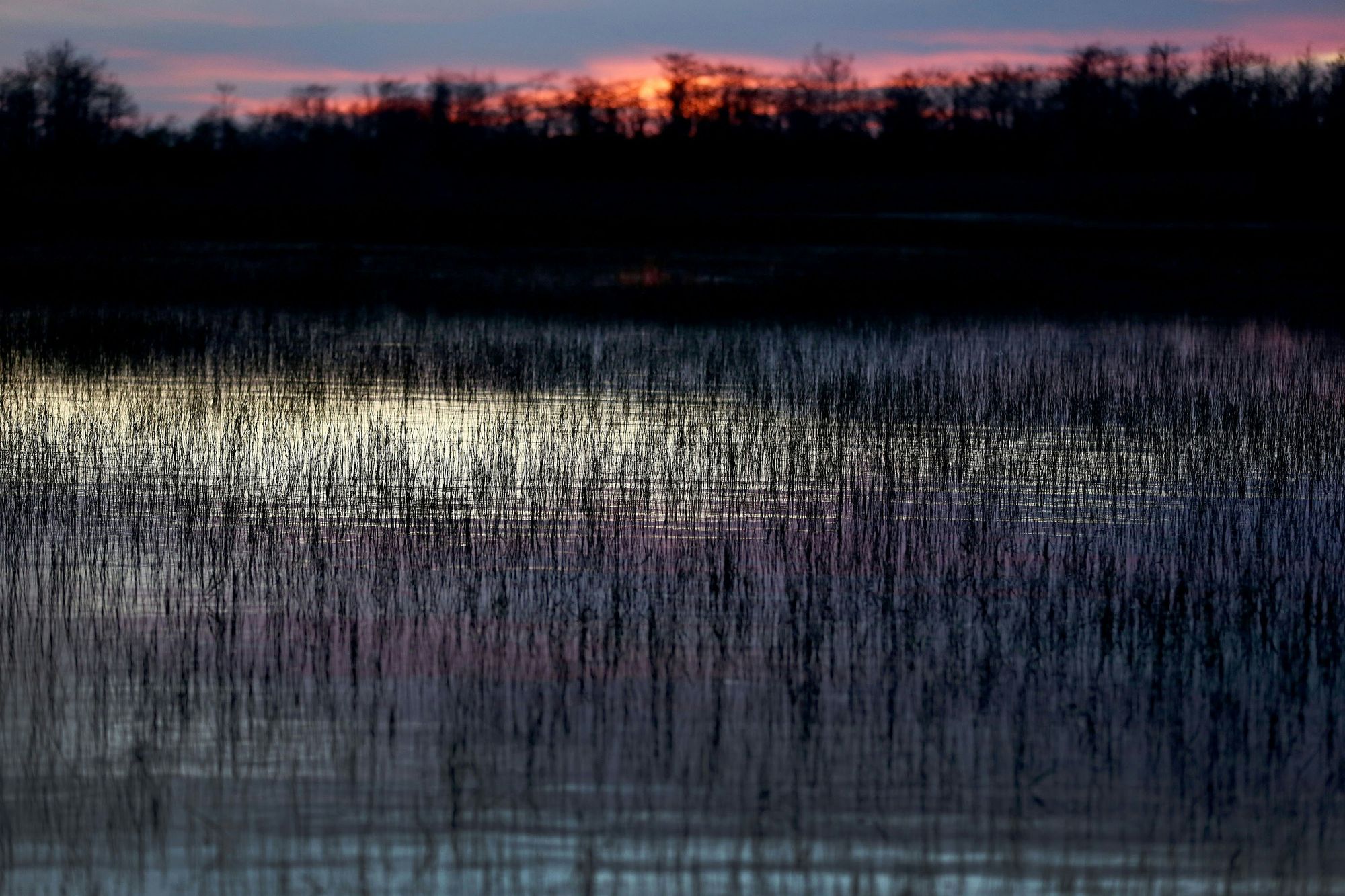Memorial practices have been an integral part of human culture for thousands of years, serving as a way to honor the departed, preserve their memory, and provide comfort to the living. From ancient burial traditions to modern innovations, memorial practices have evolved significantly, reflecting changes in societal values, technology, and cultural beliefs.
This blog explores the history and evolution of memorial practices across cultures, highlighting key traditions, historical perspectives, and innovative approaches like Parting Stone solidified remains.
Cultural Traditions in Memorial Practices
Ancient Egypt: Monumental Tombs
The ancient Egyptians are renowned for their elaborate burial practices, including the construction of monumental tombs like pyramids. They believed in the afterlife and meticulously prepared the deceased for their journey by embalming their bodies and burying them with goods, treasures, and offerings.
Key Practices:
- Mummification to preserve the body.
- Burial in tombs or pyramids filled with items for the afterlife.
- Hieroglyphic inscriptions to honor the deceased’s life and achievements.
China: Ancestral Worship
In Chinese culture, ancestral worship has been a cornerstone of memorial practices for centuries. Families honor their ancestors through rituals, offerings, and maintaining ancestral tablets or graves.
Key Practices:
- Offerings of food, incense, and joss paper (symbolic money).
- Celebrations like Qingming Festival (Tomb-Sweeping Day).
- Preservation of ancestral records and genealogies.
Viking Burial Traditions
The Vikings practiced both cremation and inhumation (burial), often incorporating symbols of power and wealth. Important individuals were sometimes buried with ships, weapons, and other items believed to be needed in the afterlife.
Key Practices:
- Ship burials for high-ranking individuals.
- Cremation as a way to free the spirit.
- Burial mounds as markers of status and remembrance.
Indigenous Practices: Nature-Centered Tributes
Indigenous cultures worldwide often incorporate nature and spirituality into their memorial practices. For example:
- Native American tribes might use burial platforms, tree burials, or sacred ground ceremonies.
- Australian Aboriginal communities may hold ceremonies that connect the spirit of the deceased with the land.
Key Practices:
- Nature-based rituals that emphasize harmony with the earth.
- Community involvement in ceremonies.
- Oral traditions to keep memories alive through storytelling.
Historical Perspectives on Memorial Practices
Medieval Europe: Religious Influence
During the Middle Ages, memorial practices in Europe were heavily influenced by Christianity. Burial in churchyards became common, and grave markers often featured crosses or religious symbols.
Key Practices:
- Burial within consecrated ground.
- Use of tombstones with inscriptions of prayers or psalms.
- Development of elaborate family mausoleums for the wealthy.
Victorian Era: Mourning Customs
The Victorian era introduced highly ritualized mourning practices, reflecting a deep reverence for the dead. Families wore mourning clothes, and memorial photography became popular.
Key Practices:
- Elaborate funerals and mourning attire.
- Keepsakes made from the deceased’s hair.
- Construction of ornate cemeteries with sculptures and gardens.
World War Memorials
The devastation of the World Wars led to the creation of national memorials and monuments to honor fallen soldiers. These memorials served as collective spaces for grief and remembrance.
Key Practices:
- Creation of war cemeteries and monuments.
- Annual remembrance ceremonies, such as Armistice Day or Memorial Day.
- Use of symbols like the poppy to honor the dead.
Modern Innovations in Memorial Practices
As societies evolve, so do memorial practices. Modern approaches blend tradition with innovation, offering families new ways to honor their loved ones while addressing contemporary concerns like sustainability and personalization.
Parting Stone Solidified Remains
Parting Stone offers an innovative alternative to conventional cremation ashes by transforming remains into smooth, stone-like pieces. This process provides a meaningful, tactile way to remember a loved one.
How It Works:
- Step 1: A collection kit is sent to retrieve the full amount of cremated remains.
- Step 2: Impurities are removed, and the remains are turned into a clay-like material.
- Step 3: The material is shaped into stones and kiln-fired for solidification.
- Step 4: The finished stones are polished and returned to the family.
Why It’s Significant:
- Offers a lasting, tangible connection to the deceased.
- Eliminates the scattering of ashes, which can impact the environment.
- Allows families to display or share the stones in meaningful ways.
How to Order: Contact Eirene to begin the solidification process. Provide the following information:
- Your Full Name
- Your Address
- Your Phone Number
- Your Email
- The Deceased’s Full Name
- The Deceased’s Date of Birth
- The Deceased’s Date of DeathLearn more about Parting Stone solidified remains.
Digital Memorials
Technology has created new opportunities for digital memorialization. Families can now create online memorial websites, social media pages, or virtual spaces where loved ones can share memories and photos.
Why It’s Significant:
- Provides accessibility for family and friends worldwide.
- Serves as a permanent archive of memories.
- Allows for interactive and collaborative remembrance.
Eco-Friendly Burial Practices
Sustainability is becoming a priority for many families, leading to the rise of eco-friendly burial options like natural burial, water cremation, and living memorials (e.g., biodegradable urns that grow into trees).
Why It’s Significant:
- Reduces environmental impact compared to traditional methods.
- Promotes harmony with nature and ecological restoration.
- Reflects modern values of sustainability and conservation.
Personalized Memorials
Modern families often seek unique and highly personal ways to remember their loved ones. Examples include custom memorial jewelry, tattoos made with cremation ink, or memorial art created from ashes.
Why It’s Significant:
- Allows families to honor their loved ones in a way that reflects their individuality.
- Combines creativity with remembrance.
- Creates deeply personal and meaningful keepsakes.
The Future of Memorial Practices
As technology and cultural values continue to evolve, memorial practices will likely become even more personalized, sustainable, and accessible. Innovations like Parting Stone solidified remains and digital memorials represent just the beginning of a broader shift toward memorialization that respects both individual preferences and environmental concerns.
By understanding the history and evolution of memorial practices, we can better appreciate the diverse ways in which humans have honored their loved ones across cultures and generations. These traditions and innovations remind us of the universal need to preserve memories, find comfort, and celebrate the lives of those we’ve lost.
To explore modern memorial innovations like Parting Stone solidified remains, contact Eirene for more information. Our team is here to guide you through the process and help you create a meaningful and lasting tribute.





